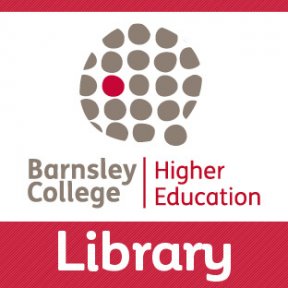In this section
Dissertations
Planning your dissertation
What is a dissertation?
- Research project
- Thesis
- Extended essay
- Research paper
All the above require independent research at the end of a taught period of study.
Getting started
Remember you are both the researcher and the project manager of the project. In addition to the information on these pages, you MUST refer to the instructions and guidance given to you for your particular course – different subject areas have different expectations, referencing conventions and support mechanisms for the dissertation. For example, in some areas you are able to define your own dissertation title, whilst in others you will be required to choose from a list, some areas link the dissertation to a particular taught course unit, some require you to submit a research proposal in a particular format.
What does a dissertation look like?
All dissertations will differ in format, style and design. It is important that you familiarise yourself with the particular requirements of your institution and degree.
A typical format guide would require the dissertation to be word-processed with double or one-and-a-half spacing, and a wide left margin to enable binding. Check with your tutor but most (though not all – e.g. art or media) formats would include:
- Title Page
- Table of Contents
- List of Tables (if any)
- List of Abbreviations (if any), alphabetically ordered.
- Introduction
- Literature Review
- Methodology
- Findings
- Discussion
- Conclusions
(If appropriate recommendations)
- Bibliography
- Appendices
(For example, questionnaires, interview transcripts, pilot reports, detailed tables)
However you decide to divide up your chapters and sections, certain essential contents will most likely be present in some form. These will include:
- Literature Review – Similar in form and length to a longish essay entitled ‘how I have set up my research topic and how it fits in with existing work in the area’.
- Methodology – Another essay-sized section entitled ‘why I chose the methods I chose to answer my particular question, the strengths and weaknesses of that approach as a tool for generating knowledge, and how I actually did it’.
- Findings – Describing and presenting your own data, evidence or case study could well take slightly less or more than the earlier sections. This will depend in part on the kind of findings you are presenting.
- Discussion – This is the section that brings all of the strands of your argument together. One way to think of it is as a three-way conversation between the literature you discussed, the methodology you adopted and the findings you have presented.
- Conclusion and recommendations – This chapter will draw together the conclusions as well as noting any recommendations for practice. You should not include new ideas at this stage – they should have been dealt with in the discussion section. You can include a reflection on doing the research study and also identify ways in which you, or others, might take the work forward as further research as well as training and dissemination.
http://www.socscidiss.bham.ac.uk/about-dissertations.html
You will also be able to draw upon other experience, for example in the analysis and presentation of findings that you may have covered on methodology modules.
See also Stella Cottrell’s excellent chapter ‘Projects, dissertations, reports and case studies’ in The Study Skills Handbook; 3rd and 4th editions are available in the The Library and HE Library.
Opening Times
| Monday | Staffed 8.30am to 5pm; Self-service 5pm to 8.45pm |
|---|---|
| Tuesday | Staffed 8.30am to 5pm; Self-service 5pm to 8.45pm |
| Wednesday | Staffed 8.30am to 5pm; Self-service 5pm to 8.45pm |
| Thursday | Staffed 8.30am to 5pm; Self-service 5pm to 8.45pm |
| Friday | Staffed 8.30am to 4.30pm |
| Saturday | Closed |
| Sunday | Closed |
Find Us
Barnsley,
S70 2YW

